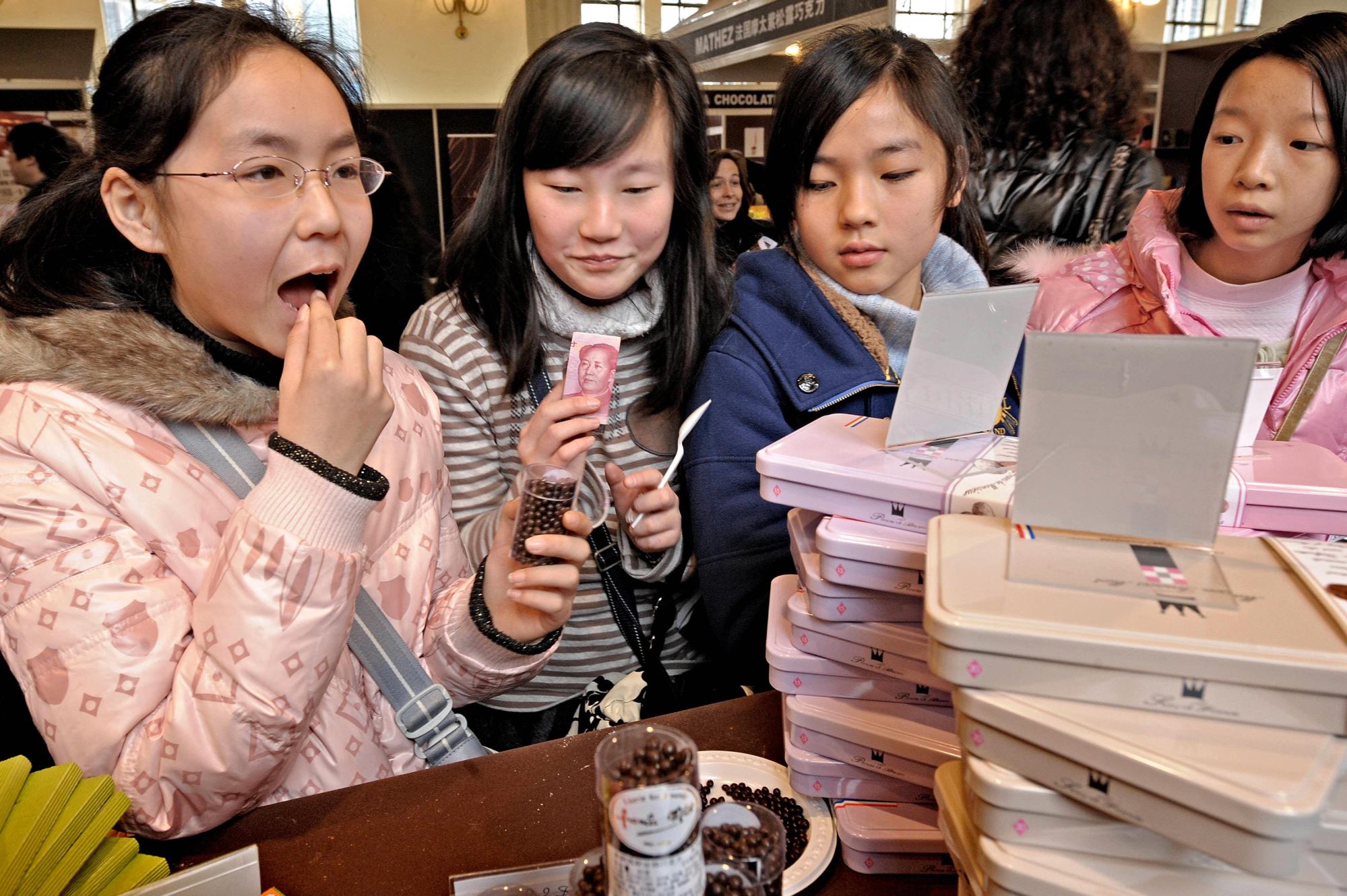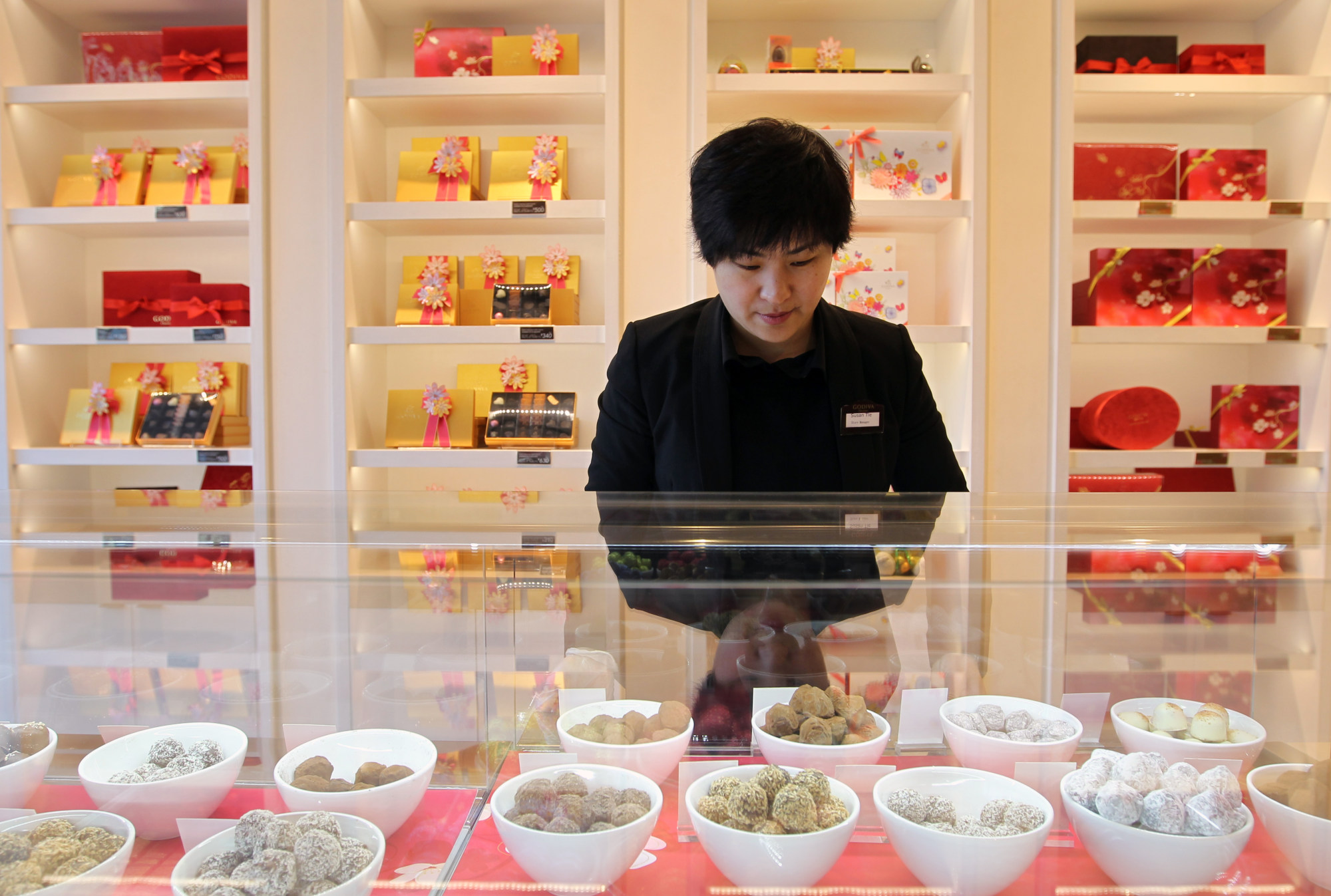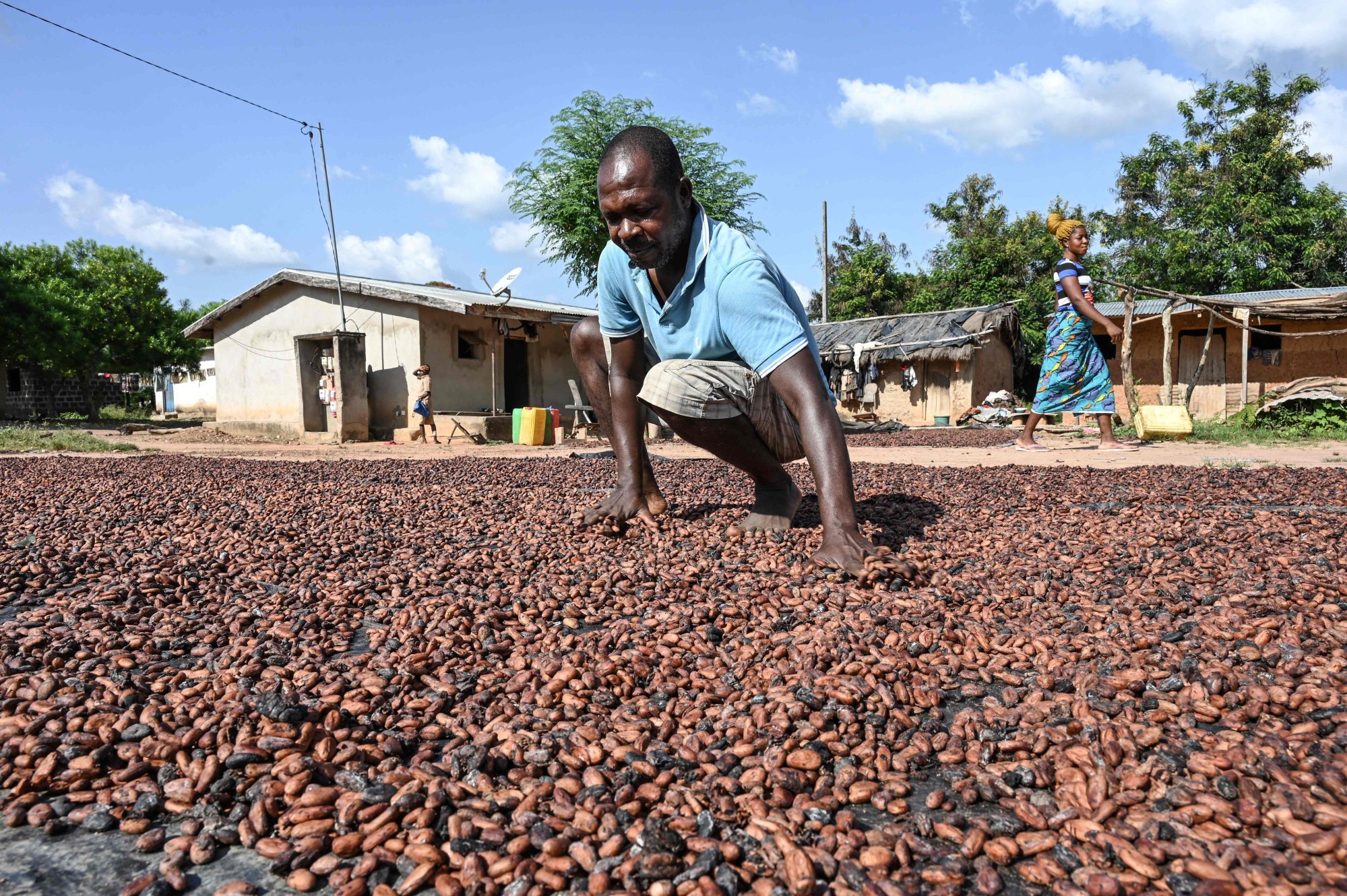
What price chocolate as climate change hits cocoa crops of poor farmers?
- Chocolate will stay expensive as the cocoa crop faces existential challenges while demand continues to surge, including from China
- The most urgent task is to grow cocoa without harming the environment, and ensure that cocoa farmers can lift themselves out of poverty in the process
Just as Britain’s most iconic chocolate-maker, Cadbury, celebrates the 200th anniversary of its establishment on Bull Street in Birmingham in 1824, today’s chocolate industry is in turmoil over a sharp and widening divide between the people who make it, and the people who love to consume it.
Cocoa trees, already fussy to grow, are also becoming a more difficult crop with climate change. In West Africa, where almost two-thirds of the world’s cocoa is grown, unseasonal weather has disrupted production and Ghana, the world’s second largest producer, expects its crop to shrink by a quarter.
Meanwhile, demand from the rich West continues to surge, sending cocoa prices to record highs.
Worries that might normally be temporarily brushed aside as the ebbs and flows of food supply and demand are capturing keener attention than usual. This is not just because of the long-term nature of climate change and other existential challenges, but because of China – both as an emerging exporter (China sold cocoa to Europe for the first time in 2021, triggering subdued panic among leading growers) and a potentially huge source of demand.

How big Chinese demand will be is anyone’s guess but data suggests it has a long way to grow, with massive implications for global demand. The Chinese consume just 0.1kg of chocolate per person per year, compared with 1.2kg in Japan, 4.4kg in the United States, 7.6kg in Britain and almost 9kg in Switzerland.
Europeans account for about 45 per cent of global chocolate consumption and 35 per cent of cacao processing, but if China’s demand grows to just Japanese levels, its impact on global demand is set to be colossal.
The world’s biggest cocoa processor, Switzerland’s Barry Callebaut, opened its first factory in China in 2008 and now has offices in Beijing, Shanghai, Suzhou and Shenzhen, as well as three chocolate academies. China has become its biggest gourmet chocolate market in the Asia-Pacific.

One famous (and famously ridiculed) paper published in the New England Journal of Medicine in 2012 claimed a strong correlation between chocolate consumption and the number of Nobel Prizes won by a country.
The paper triggered a storm, not just because the correlation was implausible but because of the implication that if China wanted more Nobel laureates, it would be well advised to feed its scientists a lot more chocolate.
There are more plausible correlations between chocolate consumption, cocoa production and gross domestic product per capita; the more chocolate your country consumes, the richer it is; and the more cocoa you produce, the poorer. The connection between cocoa production and poverty has been a source of increasing concern.

Today, there are international initiatives to address the industry’s existential challenges, including moves to raise the income of cocoa farmers, purge the industry of child labour, curb deforestation and purge pestilent crop problems.
Rising awareness of climate action is also presenting more sustainable solutions. As China’s demand for chocolate increases, so production is beginning to shift away from West Africa and into Asia.
Indonesia, the world’s third largest cocoa producer, has been working for many years to adopt greener practices and improve livelihoods. Production is also growing in countries like Malaysia, Thailand, the Philippines, Vietnam, Papua New Guinea – with farmers looking to adopt more environmentally sustainable practices and pushing for better incomes for cocoa farmers.
Indonesia’s chocolate dream: sustainable cocoa farming
One certainty is that demand for chocolate – strong and steadily growing since being discovered 5,300 years ago in the Amazon basin – will continue to grow. It has always been a luxury, a special treat for special occasions, so there is unlikely to be discomfort at it remaining expensive.
The challenge will be to grow cocoa without harming the environment, and ensuring that cocoa farmers can lift themselves out of poverty in the process. This is in line with the poverty alleviation vision of the Quaker founders of Cadbury and, as our supermarkets empty of Lunar New Year Ferrero Rocher golden giftboxes and fill with chocolate Easter eggs, remains the vision 200 years later.
David Dodwell is CEO of the trade policy and international relations consultancy Strategic Access, focused on developments and challenges facing the Asia-Pacific over the past four decades

